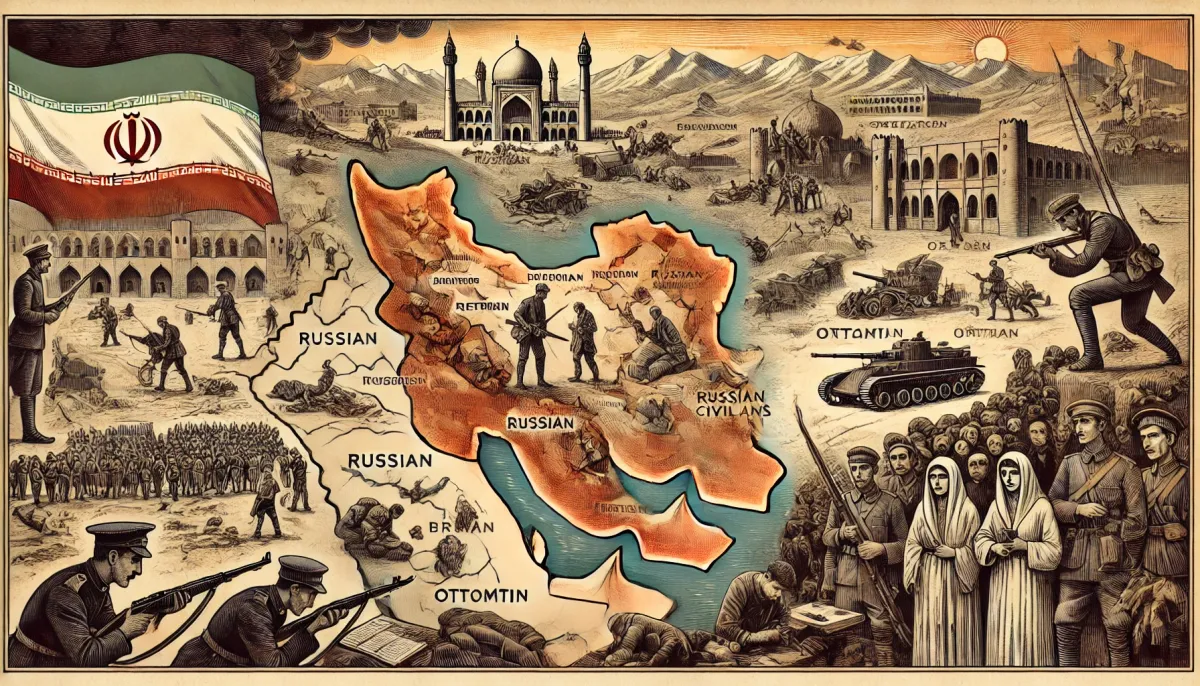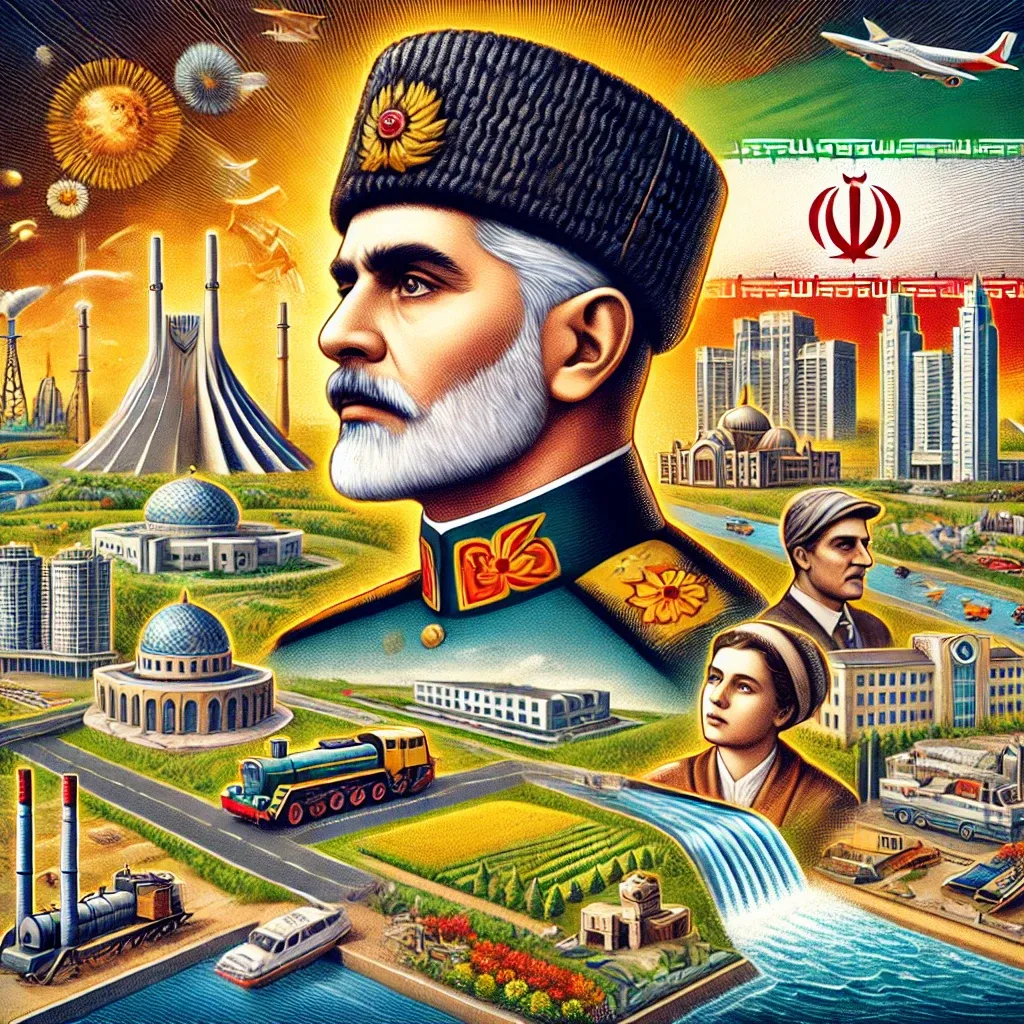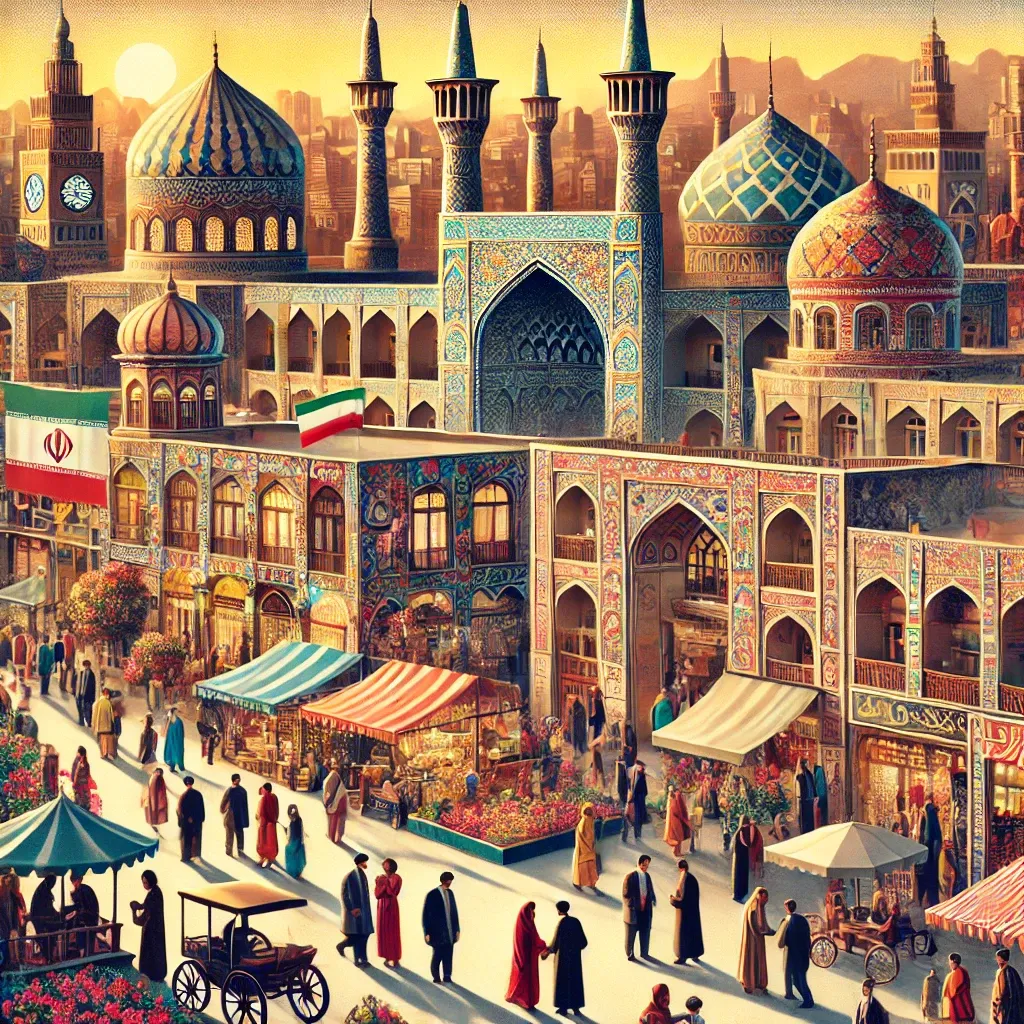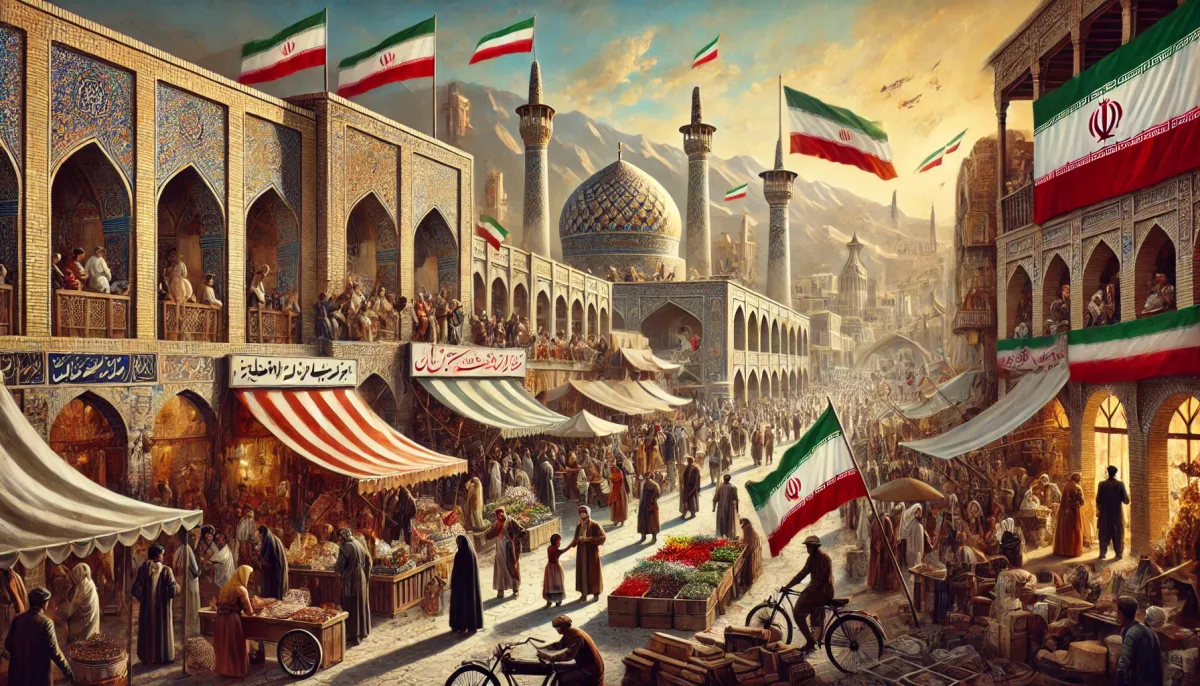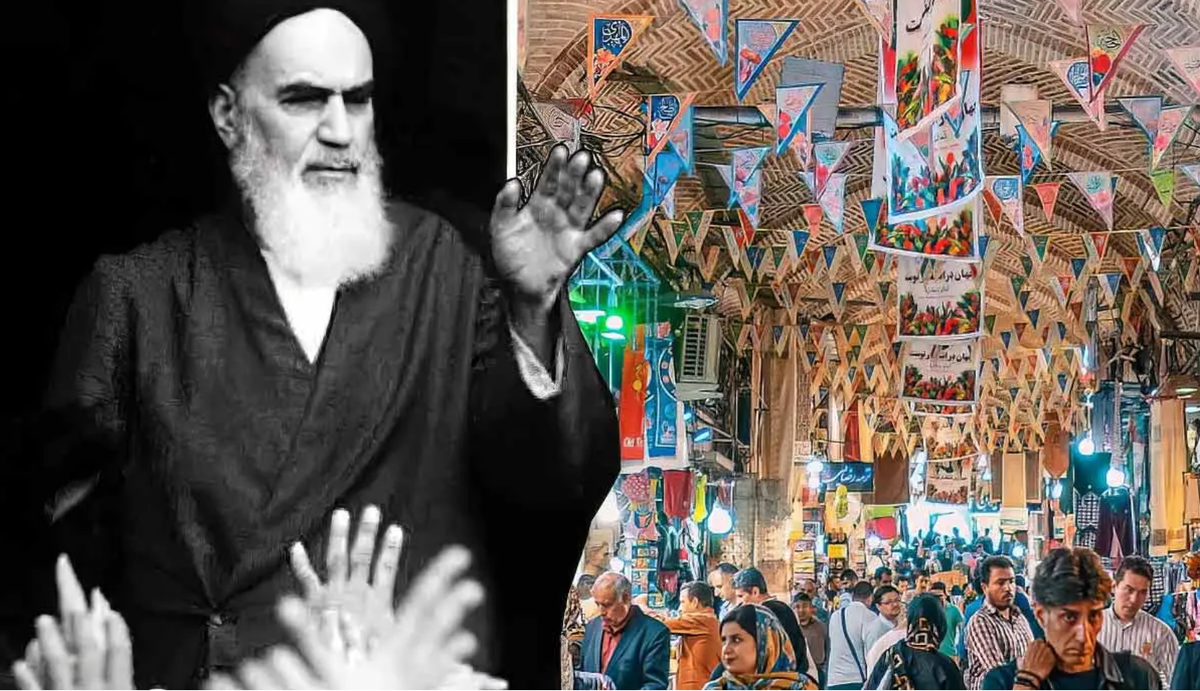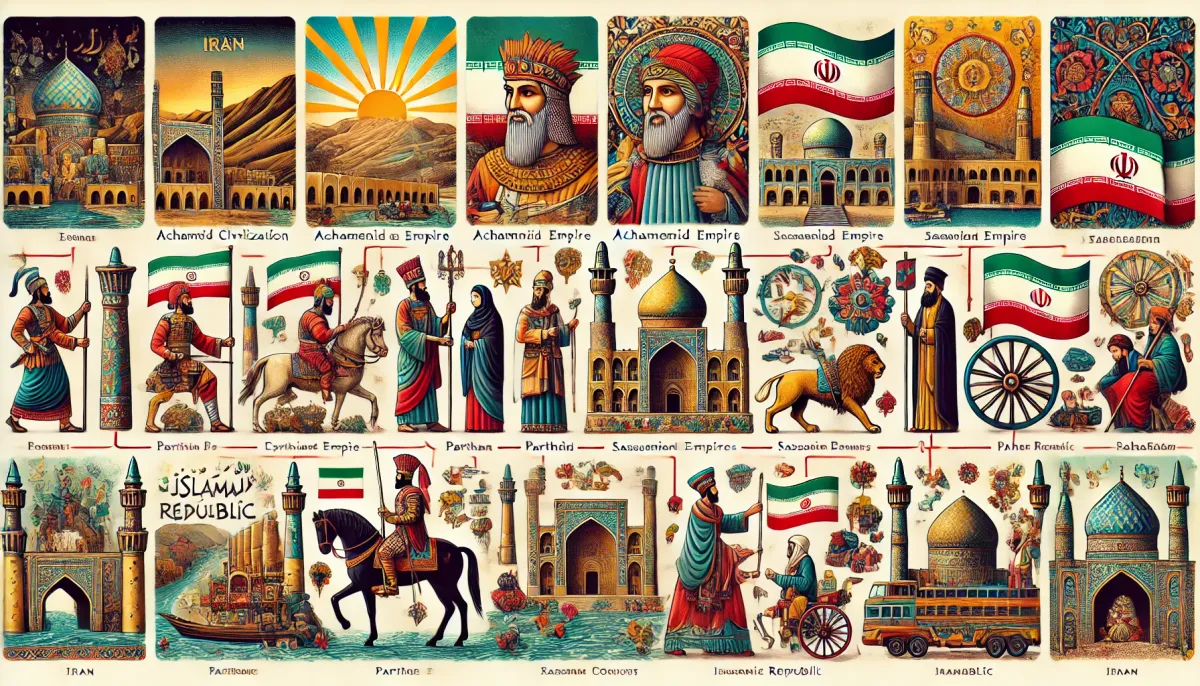

Understanding the historical context of key nations like Iran is crucial in the Middle East's complex and often turbulent landscape. For Christians, gaining insight into Iran's past is intellectually enriching and spiritually significant. This article synthesizes pivotal historical events in Iran and the broader Middle East, highlighting why these topics are essential for Christians to explore. By delving into these histories, readers will gain a deeper understanding of current geopolitical dynamics, including the ongoing conflict in Gaza.
The Importance of Historical Context
The modern Middle East is shaped by historical events that have lasting influences on its socio-political fabric. To comprehend the current conflicts, such as the war in Gaza, it is essential to understand the region's past. Here are some critical moments in Iranian history and the broader Middle East that have left an indelible mark:
Reza Shah's Modernization Efforts
Transformation and Westernization: In the early 20th century, Reza Shah Pahlavi sought to modernize Iran by centralizing power and reducing the influence of the conservative clergy. His reforms included infrastructure development, educational system overhaul, and military modernization. Reza Shah aimed to emulate Western nations, believing modernization was synonymous with Westernization. He enforced Western-style clothing and banned traditional garments like the chador and veil for women, which led to significant resistance and deepened cultural divides within Iranian society (Abrahamian, 2008; Afary, 2009).
Impact on Women's Rights: The mandatory enforcement of Western attire, notably banning the veil, was met with mixed reactions. While some women welcomed the changes, seeing them as steps toward greater freedom and equality, others viewed them as an imposition that violated their cultural and religious values. The reforms highlighted the tension between modernization and tradition, a conflict that continues to shape Iranian society today.
The Sykes-Picot Agreement
Colonial Legacy: During World War I, the secret Sykes-Picot Agreement between Britain and France divided the Ottoman Empire's territories into spheres of influence, creating new borders that disregarded ethnic and religious complexities. This arbitrary division planted the seeds for future conflicts, as it forced diverse groups into artificially created states, leading to tensions and rivalries that persist to this day (Fromkin, 1989; Gelvin, 2005).
Long-term Consequences: The Sykes-Picot Agreement's legacy is crucial for comprehending the historical grievances and geopolitical struggles that continue to fuel regional conflicts. The borders drawn by colonial powers have contributed to numerous disputes, civil wars, and uprisings, including the Israeli-Palestinian conflict and the recent turmoil in Syria and Iraq.
Iran's Attempt at Democracy
Constitutional Revolution of 1906: Iran's push for democracy led to the creation of the Majlis (parliament), aiming to limit the Shah's power and introduce a constitution. The revolution was inspired by similar movements worldwide and sought to establish a legal framework for governance that respected the rule of law and the people's will. However, internal opposition from conservative elements and external interventions from Russia and Britain, who had vested interests in maintaining control over Iran, eventually suppressed the democratic movement (Abrahamian, 1982; Foran, 1993).
Inspiration for Future Generations: Despite its initial failure, the democratic aspirations planted during this period continue to inspire future generations. The desire for democracy and political reform remains a potent force in Iran, influencing movements like the Green Movement in 2009 and ongoing calls for greater political freedoms and human rights.
British Influence and the Control of Oil
Strategic Interests in Oil: British interests in securing oil resources in the late 1800s and early 1900s led to significant political and economic influence in Iran. The D'Arcy Concession of 1901 granted William Knox D'Arcy, a British entrepreneur, the exclusive rights to explore, extract, and sell petroleum in Iran, leading to the creation of the Anglo-Persian Oil Company (later BP). This arrangement allowed Britain to dominate Iran's oil industry, extracting vast profits while providing minimal financial benefits to Iran (Ferrier, 1982; Yergin, 1991).
Economic Exploitation: The unequal arrangement created significant resentment among Iranians, who saw their country's wealth being siphoned off to benefit foreign powers. This exploitation set the stage for future conflicts and nationalization efforts, most notably Prime Minister Mohammad Mossadegh's nationalization of the oil industry in 1951, which led to the 1953 coup orchestrated by the CIA and MI6.
The Iranian Revolution of 1979
Khomeini’s Rise to Power: The Iranian Revolution of 1979 was a seismic shift that saw the overthrow of the Shah and the establishment of the Islamic Republic under Ayatollah Khomeini. Khomeini's vision was to create a state governed by Islamic principles, which he believed would bring justice and moral integrity to society. However, the revolution also marked the beginning of significant repression and the rollback of numerous rights, especially for women.
Impact on Women: The revolution had profound implications for women's rights. The new regime imposed strict Islamic dress codes, making the hijab mandatory. Women were banned from many professions and faced severe restrictions in education and public life. The Family Protection Law, which had granted women more rights in marriage and divorce, was annulled. Women's participation in various social and political activities was heavily curtailed, and those who protested faced imprisonment and harsh penalties.
Economic Policies and Challenges: Khomeini's economic policies aimed to create an Islamic economy that prioritized social justice and reduced foreign dependency. However, the Iran-Iraq War (1980-1988) and international sanctions severely strained the economy. Nationalizing industries and land reforms disrupted economic stability, leading to inflation, unemployment, and a decline in living standards. While Khomeini's policies were intended to benefit the poor, the economic hardships often disproportionately affected the entire population.
Drawbacks of the Islamic State Vision: Khomeini's vision of an Islamic state emphasized the role of the clergy in governance, leading to a theocratic system where religious leaders held ultimate authority. This structure created a rigid political system with little room for dissent or pluralism. The suppression of political opposition, the lack of democratic freedoms, and the imposition of strict moral codes led to widespread disillusionment. Many Iranians, especially the younger generation, began questioning the regime's legitimacy and ability to address modern societal needs.
Relevance to the War in Gaza
These historical events are not merely academic; they directly impact understanding of current conflicts in the Middle East, including the war in Gaza. The arbitrary borders drawn by colonial powers, the struggle for control over resources, and the ongoing quest for self-determination and democracy are threads that weave through the fabric of the region's modern history. For Christians, studying these events offers a deeper appreciation of the complexities and historical grievances that drive current conflicts.
Why Christians Should Read These Histories
Contextual Understanding: By studying the historical context of Iran and the Middle East, Christians can understand the current geopolitical landscape, including the motivations and perspectives of different regional actors. This understanding is crucial for interpreting current events and engaging in informed discussions about the region.
Informed Compassion: Understanding the historical roots of conflicts fosters empathy and a more informed approach to supporting peace and justice initiatives in the region. Recognizing the deep-seated grievances and struggles of the people involved can lead to more compassionate and effective advocacy and support.
Biblical Relevance: The Middle East is the birthplace of Christianity and central to its history and eschatology. Knowledge of the region's modern history enriches biblical understanding and offers insights into contemporary faith applications. By understanding the region's historical and cultural context, Christians can gain a deeper appreciation for the biblical narrative and its relevance to today's world.
Global Awareness: As global citizens, Christians are called to engage with the world’s challenges. Awareness of the Middle East’s history equips believers to contribute thoughtfully to discussions on international relations and humanitarian efforts. By understanding the historical context, Christians can better navigate the complexities of global politics and work towards promoting peace and justice.
Conclusion
Understanding the pivotal historical events in Iran and the broader Middle East is essential for anyone seeking to make sense of today's world. For Christians, this knowledge is precious as it provides context for current conflicts, including the war in Gaza, and helps foster a deeper, more empathetic engagement with the region's ongoing struggles. By learning from the past, Christians can better navigate the complexities of the present and work towards a more just and peaceful future.
References
- Abrahamian, E. (1982). Iran between two revolutions. Princeton University Press.
- Abrahamian, E. (2008). A history of modern Iran. Cambridge University Press.
- Afary, J. (2009). Sexual politics in modern Iran. Cambridge University Press.
- Ferrier, R. W. (1982). The history of the British Petroleum Company: Volume 1, The developing years, 1901-1932. Cambridge University Press.
- Foran, J. (1993). Fragile Resistance: Social Transformation in Iran from 1500 to the Revolution. Westview Press.
- Fromkin, D. (1989). A peace to end all peace: The fall of the Ottoman Empire and the creation of the modern Middle East. Henry Holt and Company.
- Gelvin, J. L. (2005). The modern Middle East: A history. Oxford University Press.
- Yergin, D. (1991). The prize: The epic quest for oil, money, and power. Simon & Schuster.

